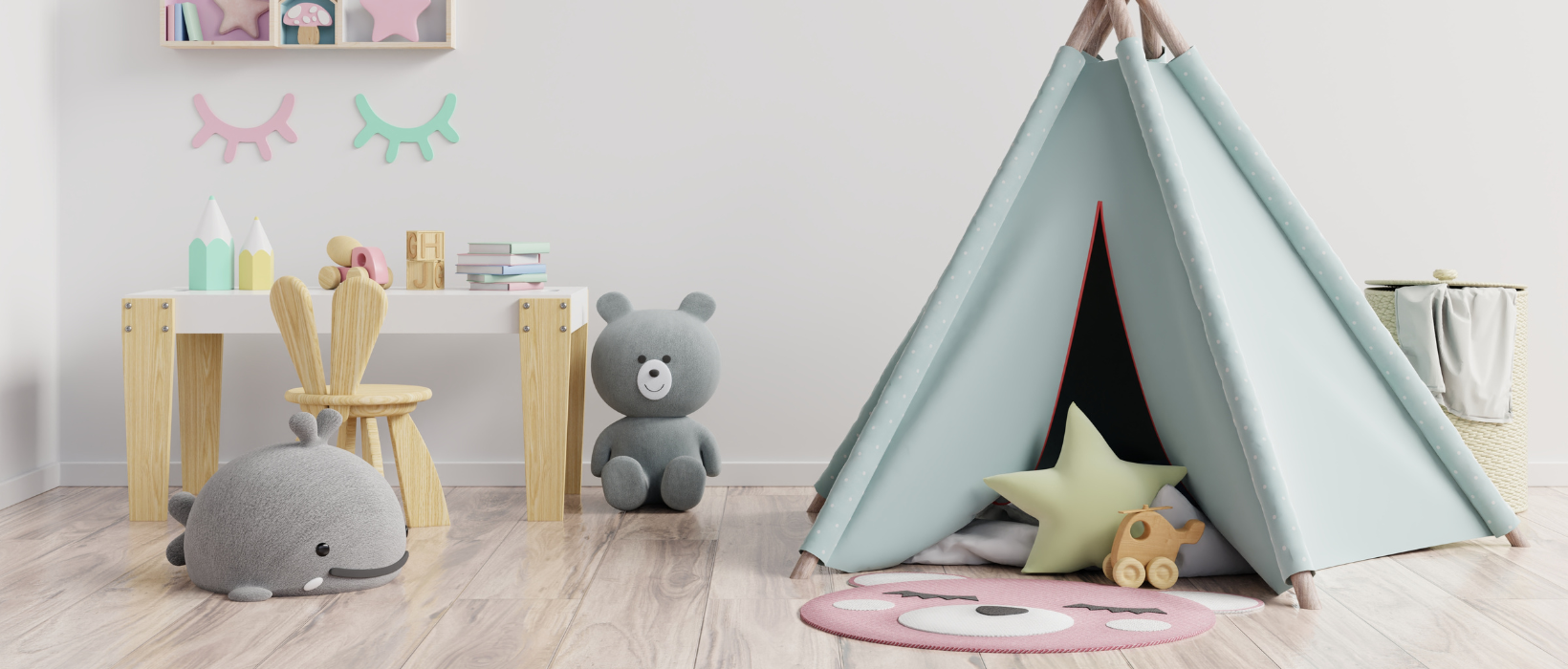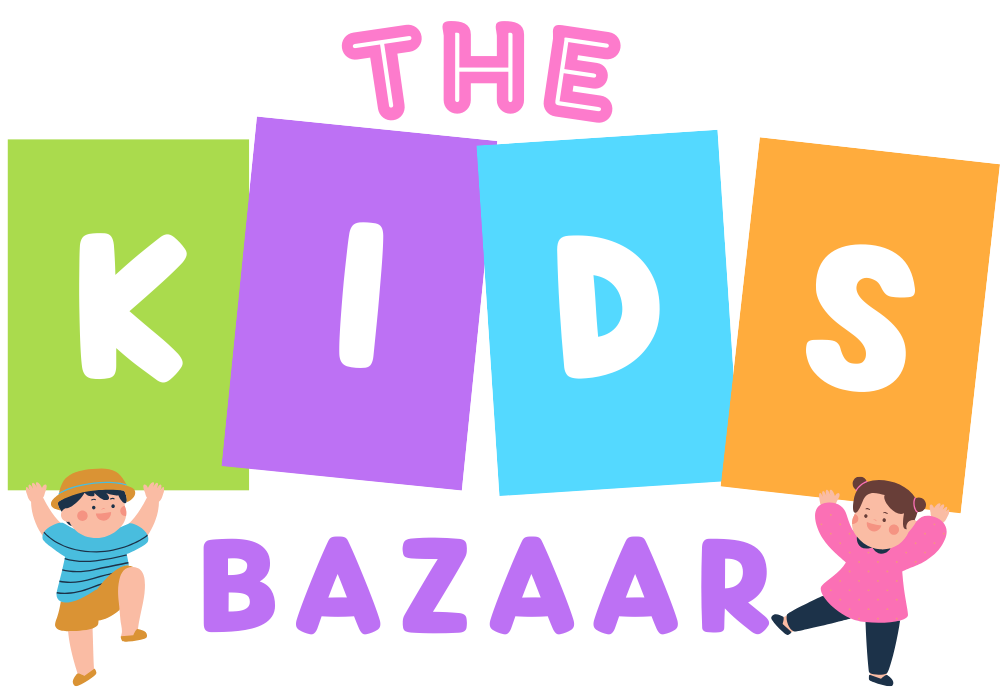
Kids' Furniture: Creating a Functional and Fun Space for Your Little Ones
When it comes to designing a space for children, choosing the right furniture is crucial. Kids' furniture is not just about aesthetics; it needs to be functional, safe, and conducive to learning and play. In this blog, we’ll explore the importance of kids’ furniture, essential pieces to consider, and tips for creating a vibrant and organized space for your little ones.
1. Why Kids' Furniture Matters
Kids' furniture serves several important purposes:
-
Safety: Children are naturally curious and energetic. Furniture designed specifically for kids is built with safety features, such as rounded edges and stable designs, to minimise the risk of injury.
-
Functionality: Kids’ furniture is often lighter and easier to move, allowing children to rearrange their spaces as they grow and their needs change. Many pieces are also designed to be multi-functional, serving various purposes.
-
Encouragement of Independence: Age-appropriate furniture encourages children to engage in daily activities, such as sitting at a table to eat or studying at a desk, fostering independence and self-sufficiency.
-
Promotes Creativity and Learning: A well-furnished space can inspire creativity and provide a comfortable environment for learning, helping children feel more engaged and focused.
2. Essential Pieces of Kids' Furniture
When furnishing a child’s room, consider incorporating the following essential pieces:
-
Beds: Safety is paramount when selecting a bed for your child. Options like toddler beds, bunk beds, or loft beds can save space and make bedtime enjoyable. Look for designs that include guardrails for safety.
-
Desks and Chairs: A dedicated study space can enhance focus and productivity. Look for adjustable desks and chairs that grow with your child and provide ergonomic support.
-
Storage Solutions: Toy chests, bookshelves, and storage bins help keep the space organized. Encourage children to take responsibility for their belongings by selecting colorful and accessible storage options.
-
Play Tables: A play table or activity center can be a great addition to encourage creativity. Whether for arts and crafts, building, or playing games, these tables provide a dedicated space for play.
-
Seating: Bean bags, floor cushions, or small chairs create cozy spots for reading or relaxing. Look for lightweight options that children can easily move around.
-
Dressers and Nightstands: Furniture for clothing storage should be easily accessible. Dressers with rounded corners and low drawers help children learn to dress themselves while promoting independence.
3. Tips for Choosing Kids' Furniture
When selecting furniture for your child’s space, keep these tips in mind:
-
Choose Durable Materials: Kids can be rough on furniture, so opt for durable materials that can withstand wear and tear. Consider options like solid wood or high-quality laminate that are easy to clean.
-
Prioritise Safety Features: Always check for safety features, such as stability, rounded edges, and non-toxic finishes. Ensure that the furniture meets safety standards.
-
Consider Multi-Functionality: Look for furniture that can serve multiple purposes, such as a bed with built-in storage or a desk that can convert into a craft table.
-
Involve Your Child in the Process: Let your child help choose their furniture. This will encourage them to take pride in their space and feel more connected to it.
-
Plan for Growth: Select adjustable furniture that can grow with your child. For example, desks and chairs with height adjustments will accommodate their changing needs.
4. Creating a Fun and Functional Space
Here are some ideas for designing a playful and practical environment for your kids:
-
Themed Decor: Consider a theme that reflects your child's interests, whether it's animals, space, or their favorite cartoon character. This can make the space feel more personal and exciting.
-
Colorful Accents: Use bright colors and patterns to create a lively atmosphere. Paint the walls, add colorful rugs, or choose fun bedding to enhance the overall aesthetic.
-
Personalised Touches: Add personal touches, such as framed artwork created by your child, family photos, or their name on the wall, to make the space uniquely theirs.
-
Flexible Layout: Create a flexible layout that allows for easy rearrangement. This can accommodate playtime, studying, and relaxation, catering to your child's changing needs.
Conclusion
Investing in quality kids' furniture is an investment in your child's growth, safety, and happiness. By choosing functional, safe, and fun pieces, you can create a space that encourages learning, creativity, and independence. With thoughtful design and consideration, you can transform your child's room into a welcoming haven where they can grow, play, and thrive.
